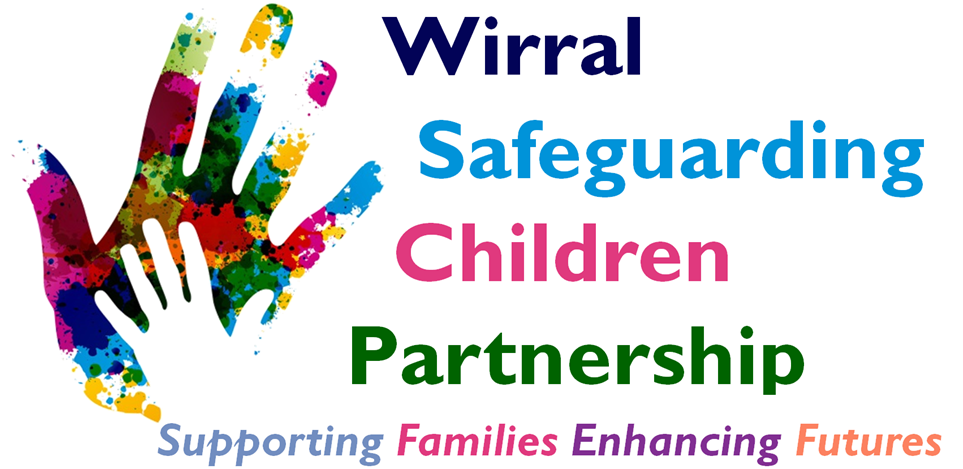Multi-agency Child Protection Standards
Working Together to Safeguard Children (2023) introduced national multi-agency practice standards for child protection as part of the ambition to establish a sure and decisive child protection system.
The standards set out below are for all practitioners working in services and settings who come into contact with children who may be suffering or have suffered significant harm within or outside the home.
A: Recognising actual or likely significant harm for all practitioners
- Practitioners are alert to potential indicators of abuse, neglect, and exploitation, and listen carefully to what a child says, how they behave, and observes how they communicate if non-verbal (due to age, special needs and/or disabilities, or if unwilling to communicate). Practitioners will try to understand the child’s personal experiences and observe and record any concerns.
- Practitioners communicate in a way that is appropriate to the child’s age and level of understanding and use evidence-based practice tools for engaging with children, including those with special educational needs and disabilities.
- When practitioners have concerns or information about a child that may indicate a child is suffering or likely to suffer significant harm, they share them with relevant practitioners and escalate them if necessary, using the referral or escalation procedure in place within their local multi-agency safeguarding arrangements. They update colleagues when they receive relevant new information.
- Practitioners never assume that information has already been shared by another professional or family member and always remain open to changing their views about the likelihood of significant harm.
B: Section 47 enquiries, child protection conferences and child protection plans
- Practitioners are aware of the limits and strengths of their personal expertise and agency remit. They work collaboratively and proactively with multi-agency practitioners to build an accurate and comprehensive understanding of the daily life of a child and their family to establish the likelihood of significant harm and any ongoing risks. Practitioners respect the opinions, knowledge and skills of multi-agency colleagues and engage constructively in their challenge.
- Practitioners have an applied understanding of what constitutes a child suffering actual or likely significant harm. They consider the severity, duration and frequency of any abuse, degree of threat, coercion, or cruelty, the significance of others in the child’s world, including all adults and children in contact with the child (this can include those within the immediate and wider family and those in contexts beyond the family, including online), and the cumulative impact of adverse events.
- Practitioners take care to ensure that children know what is being discussed about them and their family where this is appropriate. They ask children what they would like to happen and what they think would help them and their family to reduce the likelihood of significant harm, including where harm is taking place in contexts beyond the family home. Practitioners listen to what children tell them.
- Practitioners engage parents and the family network, as appropriate, in the discussions, recognising previous involvement with agencies and services may influence how they engage. Practitioners encourage parents and families to express what support would help them to reduce significant harm.
- Practitioners thoroughly explore the significance of the adults in contact with the child and their family or individual histories. They should pay particular attention to any serious criminal convictions, previous allegations of child abuse, domestic abuse or impulsive violent behaviour, restrictions on contact with children or involvement with children subject to child protection plans or care proceedings.
- Practitioners satisfy themselves that conclusions about the likelihood of significant harm give sufficient weight to the views, experiences, and concerns of those who know the child and/or parents well, including relatives who are protective of the child, and other relevant practitioners.
- Practitioners share their thinking and proposed recommendations with other practitioners who hold relevant information and insight into the child and adults involved with the child. Practitioners comment, challenge, and jointly deliberate, before making a final decision about the likelihood of significant harm.
- Together with other agencies, practitioners clarify what family help from multi-agency partners is necessary to reduce the likelihood of significant harm and maintain reasonable care for the children. They seek assurance that this resource is available and of sufficient skill and intensity.
- Practitioners explain clearly to parents and the family network the implications of the threshold that has been reached for section 47 enquiries, the initial child protection conference, and any ongoing child protection plan (including that this threshold may lead to pre-proceedings, should the likelihood of significant harm not reduce). Practitioners do everything they can to ensure that parents and the family network understand and can engage purposefully with the enquiries and any protection plan.
- Practitioners remain alert to changes in circumstances for the child and family and respond as new information comes to light that needs to be reflected in the child protection plan.
- Practitioners reflect on the proposed protection plan and consider adjustments to strengthen the protection plan. The protection plan is specific, achievable, and relevant to the likelihood of significant harm and the context in which it is occurring.
C: Discharging the child protection plan
- Practitioners work as part of a multi-agency team to create lasting change for families and ensure the child, parents and family network know that further help and support is available if needed or further concerns arise.
- Following a decision to discharge a child protection plan, practitioners ensure that appropriate support is in place for the child and family and respond to changing circumstances and new information.
- Where a child becomes looked after, practitioners ensure that this is well planned and that the child, parents and family network are appropriately supported. Ongoing need is monitored as part of care planning.
